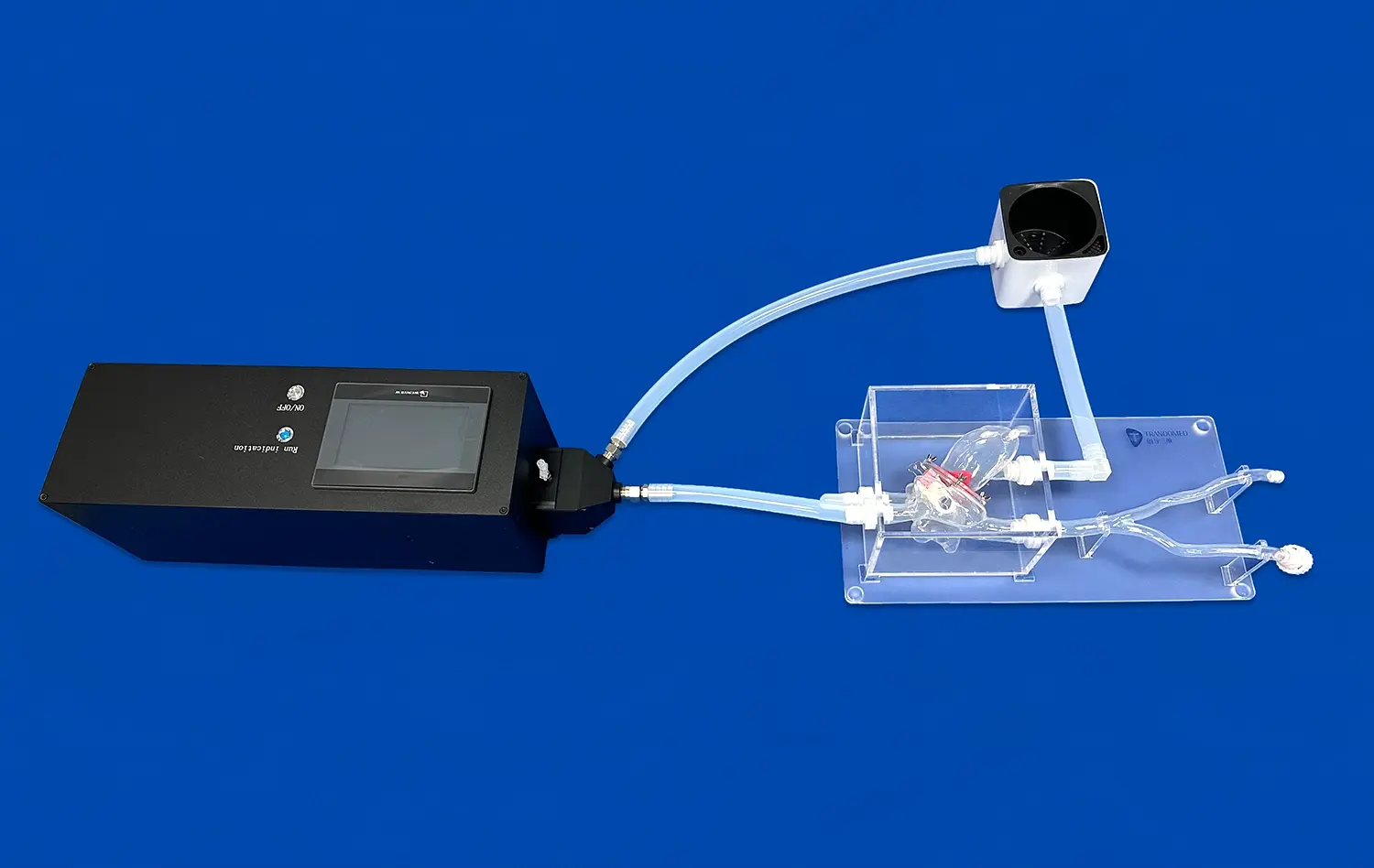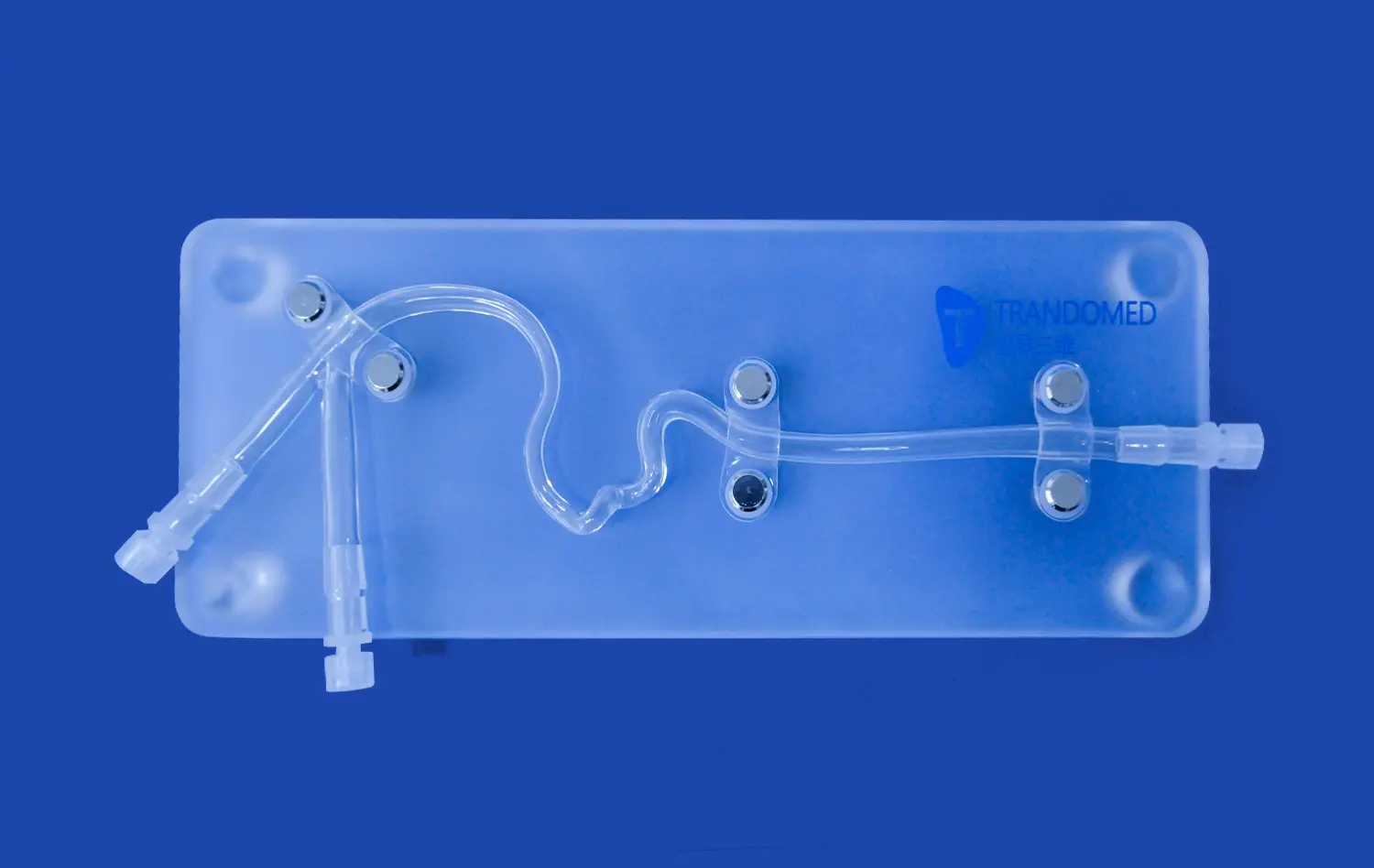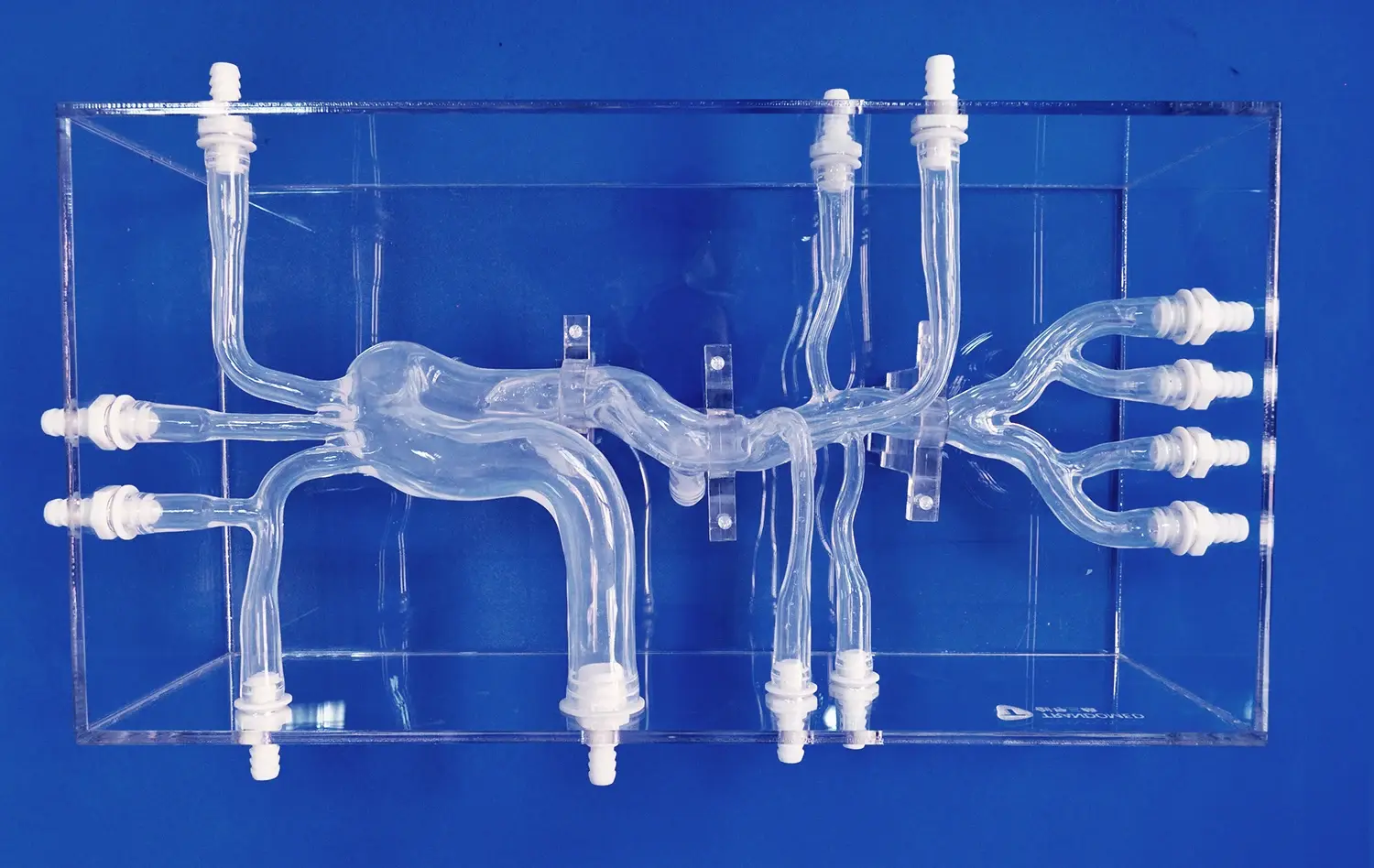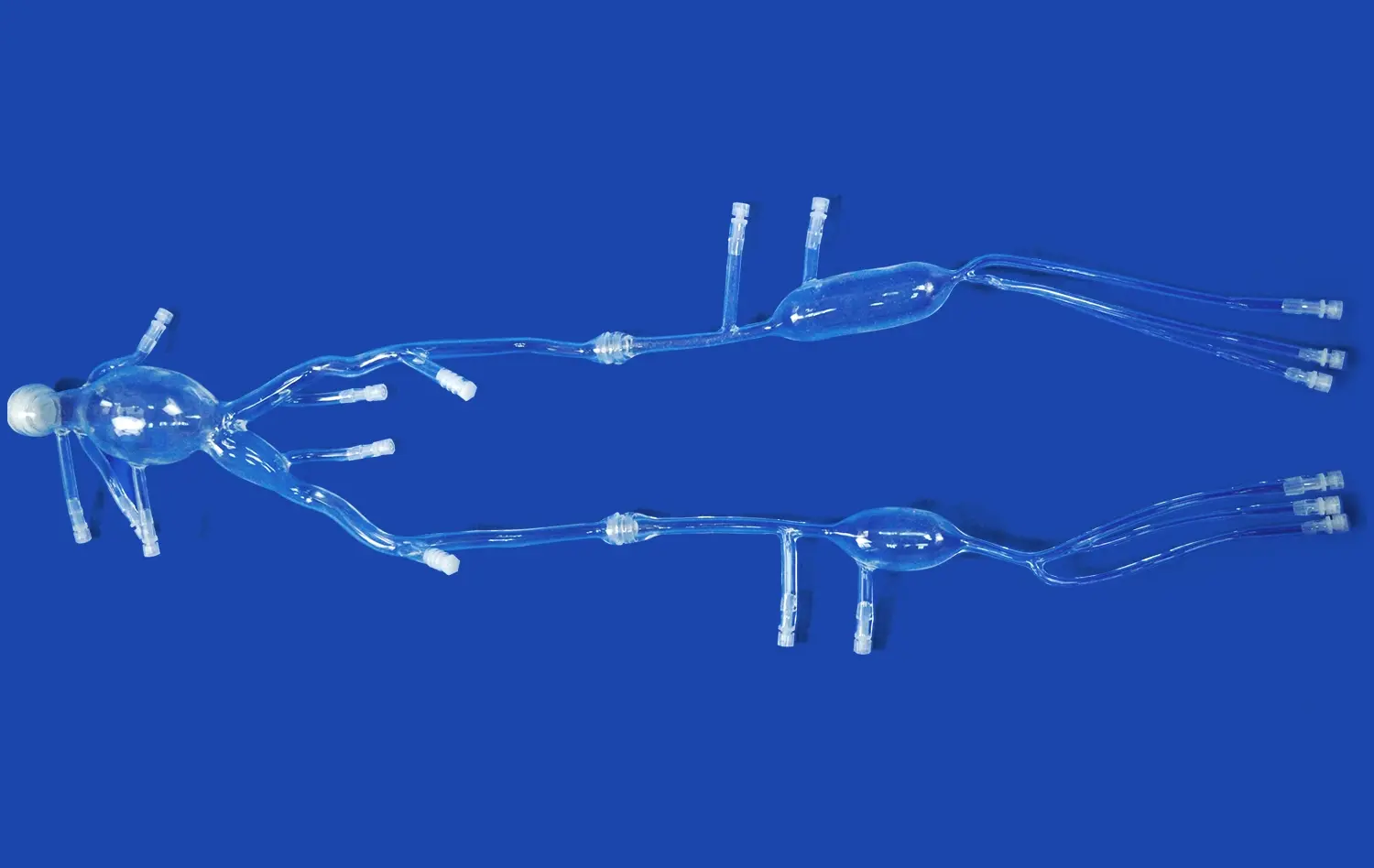How the PCI Model Supports Skill Development in Cardiovascular Medicine?
2024-12-10 09:10:27
The Percutaneous Coronary Intervention (PCI) model plays a pivotal role in advancing skill development within cardiovascular medicine. By providing a realistic simulation of coronary artery procedures, these models enable cardiologists and interventional specialists to hone their techniques in a risk-free environment. PCI models support the acquisition of fundamental skills, from catheter manipulation to stent deployment, while also facilitating the refinement of complex decision-making abilities crucial in real-world scenarios. The integration of cutting-edge technologies in these simulators, such as 3D printing and haptic feedback, further enhances the learning experience, bridging the gap between theoretical knowledge and practical application. As a result, PCI models have become indispensable tools in cardiovascular training programs, significantly contributing to improved patient outcomes and safety in clinical practice.
How Do PCI Models Facilitate Mastery of Basic Cardiovascular Procedures?
Hands-on Practice with Anatomical Accuracy
PCI models offer an unparalleled opportunity for hands-on practice in a controlled setting. These simulators are designed with meticulous attention to anatomical accuracy, replicating the intricacies of the human cardiovascular system. This level of detail allows trainees to familiarize themselves with the nuances of vascular structures, enhancing their spatial awareness and procedural confidence.
The anatomical precision of these models enables learners to visualize and navigate complex coronary artery networks, much like they would encounter in actual patients. This exposure is invaluable for developing muscle memory and refining fine motor skills essential for successful catheterization and stent placement.
Repetitive Training Without Patient Risk
One of the most significant advantages of PCI models is the ability to engage in repetitive training without exposing patients to risk. This aspect is particularly crucial in cardiovascular medicine, where the stakes are high, and errors can have severe consequences. Trainees can perform procedures multiple times, experimenting with different techniques and approaches until they achieve mastery.
This repetitive practice not only builds technical proficiency but also instills a sense of confidence in the practitioner. As they become more adept at handling various scenarios presented by the model, they develop the mental fortitude necessary to tackle real-world challenges with greater assurance and skill.
How Can PCI Models Be Used to Improve Decision-Making and Problem-Solving Skills in Cardiovascular Practice?
Simulating Complex Clinical Scenarios
Advanced PCI models are capable of simulating a wide array of complex clinical scenarios that cardiologists might encounter in their practice. These simulations go beyond basic procedural skills, challenging users to make critical decisions under pressure. By presenting various pathological conditions and complications, the models help practitioners develop their diagnostic acumen and intervention strategies.
For instance, a PCI model might simulate a scenario involving a patient with multiple coronary artery lesions, requiring the user to decide on the optimal approach for revascularization. This level of complexity in simulation fosters the development of critical thinking skills essential for real-world patient care.
Enhancing Cognitive Skills Through Feedback Mechanisms
Modern PCI models are equipped with sophisticated feedback mechanisms that provide immediate and detailed insights into the user's performance. This real-time feedback is crucial for developing and refining cognitive skills related to decision-making and problem-solving in cardiovascular interventions.
The feedback may include metrics such as procedure time, accuracy of stent placement, and potential complications arising from the chosen approach. By analyzing this data, learners can identify areas for improvement and adjust their strategies accordingly. This iterative process of practice, feedback, and adjustment is key to developing the rapid, yet thoughtful decision-making skills required in cardiovascular medicine.
How Do Technological Advancements in PCI Models Enhance Skill Development in Cardiovascular Medicine?
Integration of Virtual Reality and Augmented Reality
The integration of Virtual Reality (VR) and Augmented Reality (AR) technologies into PCI models has revolutionized skill development in cardiovascular medicine. These immersive technologies provide a more realistic and engaging training environment, allowing practitioners to experience procedures from multiple perspectives.
VR-enhanced PCI models can simulate the entire catheterization laboratory environment, complete with equipment and team interactions. This holistic approach helps trainees develop not only technical skills but also improve their communication and teamwork abilities. AR overlays can provide additional information during simulations, such as real-time fluoroscopy views or patient vital signs, enhancing the learner's ability to interpret and respond to complex data during procedures.
Advancements in Haptic Feedback and Force Sensation
Recent technological advancements have significantly improved the haptic feedback and force sensation capabilities of PCI models. These enhancements allow trainees to experience the tactile sensations associated with catheter navigation and stent deployment more accurately than ever before.
High-fidelity haptic feedback systems can simulate the resistance encountered when navigating through tortuous vessels or crossing tight lesions. This level of realism is crucial for developing the fine motor skills and tactile sensitivity required for successful PCI procedures. Moreover, accurate force feedback helps practitioners learn to apply the appropriate pressure during various stages of the intervention, reducing the risk of vessel damage or perforation in real-world scenarios.
Conclusion
The PCI model has emerged as an indispensable tool in cardiovascular medicine, significantly enhancing skill development across various domains. From facilitating the mastery of basic procedures to improving complex decision-making abilities, these models provide a comprehensive platform for learning and refinement. The integration of cutting-edge technologies further amplifies their effectiveness, offering increasingly realistic and immersive training experiences. As cardiovascular medicine continues to evolve, the role of PCI models in shaping competent, confident practitioners remains paramount, ultimately contributing to improved patient care and outcomes in the field of interventional cardiology.
Contact Us
To learn more about our advanced PCI models and how they can enhance your cardiovascular training program, please contact us at jackson.chen@trandomed.com. Our team of experts is ready to assist you in elevating your skills and advancing patient care through state-of-the-art simulation technology.
References
Smith, J. et al. (2022). The Impact of PCI Simulation Models on Procedural Competence in Interventional Cardiology Training. Journal of Cardiovascular Education, 45(3), 287-301.
Johnson, A. & Lee, S. (2023). Virtual Reality-Enhanced PCI Models: A New Frontier in Cardiovascular Skill Development. Innovative Medical Education, 18(2), 112-126.
Patel, R. et al. (2021). Haptic Feedback in PCI Simulators: Bridging the Gap Between Simulation and Reality. Technology in Cardiovascular Training, 33(4), 401-415.
Garcia, M. & Thompson, K. (2022). Decision-Making Skills in Interventional Cardiology: The Role of Advanced PCI Models. Cardiovascular Learning and Practice, 27(1), 58-72.
Chen, Y. et al. (2023). Integrating 3D Printed PCI Models in Cardiovascular Fellowship Programs: A Multi-Center Study. Journal of Medical Simulation, 40(2), 189-203.
Wilson, E. & Brown, T. (2021). The Evolution of PCI Simulation: From Basic Models to High-Fidelity Virtual Environments. Advances in Cardiovascular Technology, 52(5), 623-637.


_1732863962417.webp)












